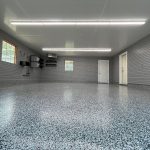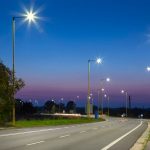Sealing LED Light Bars: A StepbyStep Guide for Waterproofing
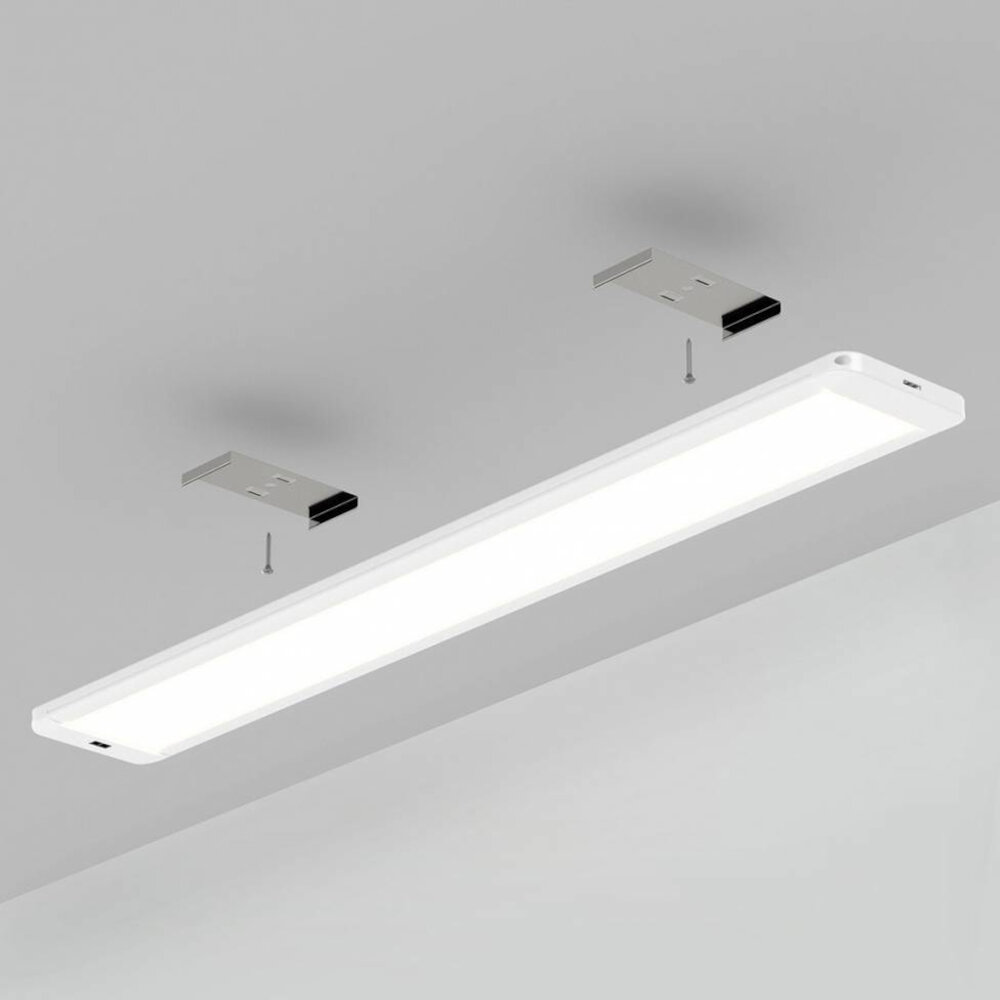
LED light bars have become a popular addition to vehicles, boats, and off-road equipment for their bright and efficient lighting. However, with constant exposure to the elements, these light bars can quickly become damaged or malfunction. One way to prevent this is by sealing the LED light bars for waterproofing. This process not only protects the light bars but also ensures that they continue to function at their optimal level. Waterproofing LED light bars can seem like a daunting task, but with the right tools and knowledge, it can be done easily and effectively. In this step-by-step guide, we will provide you with all the necessary information and instructions to seal your LED light bars. Whether you are a DIY enthusiast or a professional, this guide will help you ensure that your LED light bars remain protected against water damage, prolonging their lifespan and saving you money in the long run.
Understanding the Importance of Waterproofing LED Light Bars
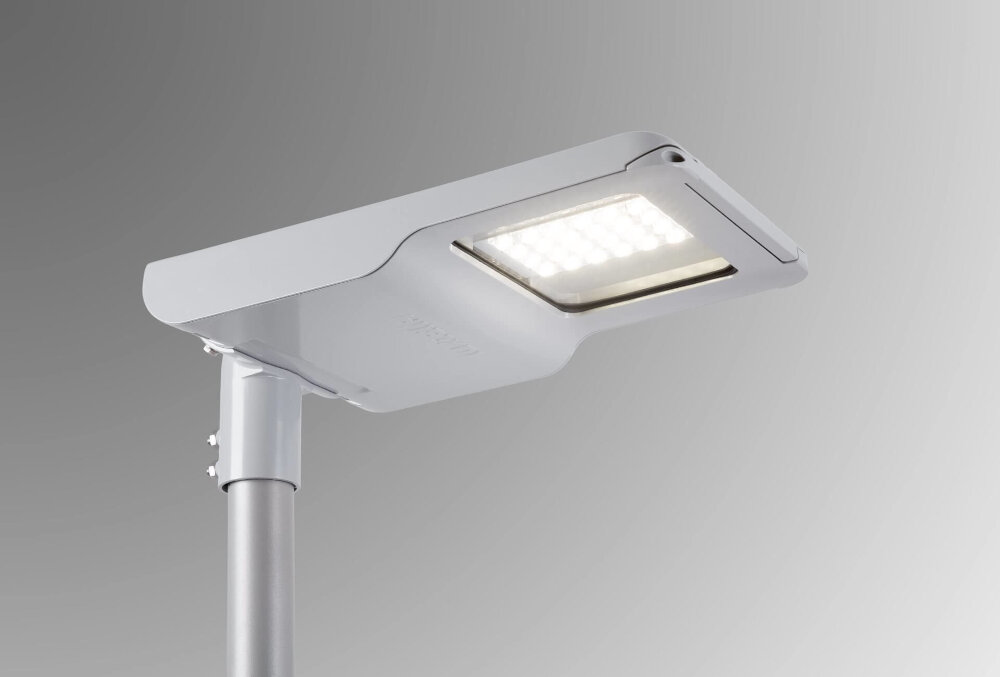
Waterproofing LED light bars is a crucial aspect of ensuring that they function effectively and efficiently. LED light bars are used in a variety of applications, ranging from off-road vehicles to marine vessels. These applications expose the LED light bars to harsh environmental conditions, including moisture, dust, and dirt. Failure to waterproof these light bars can result in significant damage, including corrosion, short circuits, and reduced lifespan. Waterproofing LED light bars is, therefore, essential in protecting them from these harsh environmental conditions, ensuring optimal performance and longevity. To ensure that LED light bars are properly waterproofed, it is important to follow the necessary steps outlined in a step-by-step guide. This includes cleaning the light bars, applying sealant to the circuit board, and using heat shrink tubing to cover the connections. Additionally, using high-quality sealants and materials is critical in ensuring that the waterproofing is effective. By taking these necessary steps, individuals can avoid the costly and time-consuming process of repairing or replacing damaged LED light bars. Overall, understanding the importance of waterproofing LED light bars and following the necessary steps to achieve it is essential in ensuring optimal performance and longevity of these important lighting components.
Water can cause significant damage to LED light bars, as moisture can seep into the circuitry and cause short circuits or corrosion. This can lead to malfunctioning lights, reduced brightness, and ultimately complete failure. In addition, exposure to water can cause the protective coating on the LED chips to deteriorate, which can result in discoloration or fading over time. Therefore, it is essential to take proper precautions to seal LED light bars against water damage, especially if they are going to be used in outdoor or wet environments. A thorough waterproofing process can help ensure that your LED light bars remain functional and reliable, providing optimal lighting performance for years to come.
Waterproofing LED light bars is a crucial step in ensuring their longevity and performance. By sealing them, you protect them from moisture, dust, and other harmful elements that can cause damage or even short circuits. This not only extends the life of the light bar but also ensures that it continues to function properly, even in challenging conditions. Additionally, waterproofing your LED light bars can make them more versatile, allowing you to use them in a wider range of environments and applications. Whether you are using them for off-road driving, marine activities, or outdoor events, a properly sealed LED light bar can provide reliable and consistent illumination regardless of the conditions. Overall, the benefits of waterproofing LED light bars cannot be overstated, making it a crucial step in any installation process.
Proper sealing of LED light bars is essential to prevent water damage. Water can cause a significant amount of harm to electrical components, leading to reduced lifespan, malfunction, or complete failure of the device. Besides, water damage can be dangerous in outdoor environments, leading to potential accidents or fires. Sealing LED light bars ensures that water is prevented from entering, and the device is protected from environmental factors such as dust, dirt, and moisture. It also ensures that the LED light bar operates efficiently, providing optimal lighting conditions for a more extended period. Therefore, proper sealing is crucial in maintaining the longevity and performance of LED light bars, whether used indoors or outdoors.
Materials and Tools Required for Sealing LED Light Bars
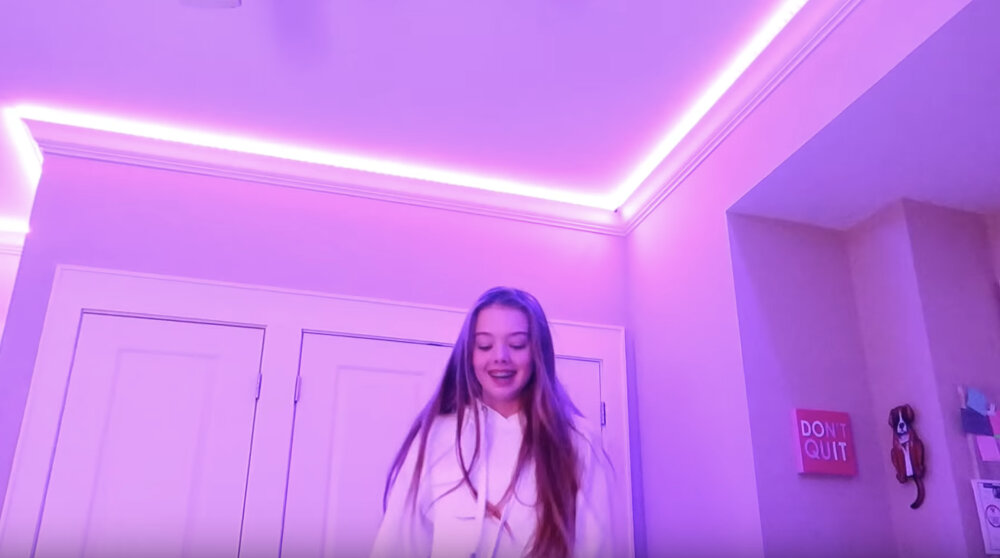
When it comes to sealing LED light bars, having the right materials and tools is crucial for achieving a waterproof and durable seal. The first thing you’ll need is a high-quality silicone sealant. Look for a product that is specifically designed for use on electronics and can withstand exposure to water, heat, and UV rays. You’ll also need a caulking gun to apply the sealant evenly and efficiently. In addition to sealant, you’ll need a few other materials to properly seal your LED light bars. A roll of electrical tape can be helpful for covering any exposed wires and ensuring that they stay dry. You may also want to consider using heat shrink tubing to protect your connections from moisture and corrosion. Finally, a clean and dry workspace is essential for achieving a strong and long-lasting seal. Make sure you have all the necessary tools and materials before you begin, and take the time to prepare your work area properly. With the right materials and tools, you can seal your LED light bars with confidence and enjoy bright, waterproof lighting for years to come.
When it comes to sealing LED light bars, there are several types of sealants that can be used. Silicone sealants are a popular choice due to their flexibility and resistance to moisture, heat, and chemicals. They can also be easily applied and have a long-lasting bond. Polyurethane sealants are another type of sealant that is commonly used for LED light bars. They provide excellent protection against water and UV rays, making them ideal for outdoor use. For more heavy-duty applications, epoxy sealants can be used. They have high strength and durability, making them suitable for harsh environments. Ultimately, the type of sealant used will depend on the specific needs of the LED light bar and the environment in which it will be used.
When it comes to sealing LED light bars, having the right tools is essential. First and foremost, a high-quality silicone sealant is a must-have for creating a waterproof barrier around the light bar. Additionally, a heat gun is helpful for ensuring the sealant sets properly and creates a tight seal. A soldering iron and shrink tubing can also be useful for securing wires and preventing water from seeping into the electrical components of the light bar. It’s important to have a clean work space and gloves to avoid getting sealant on your hands or any debris on the light bar. With these tools in hand, you can confidently waterproof your LED light bar and ensure it lasts for years to come.
When it comes to sealing LED light bars, protective equipment is essential to ensure safety and success. The sealing process involves the use of chemicals that can be harmful to the skin and eyes, so it is crucial to wear gloves and goggles. Additionally, a respirator should be used to prevent inhaling fumes or particles. It is also recommended to wear protective clothing that covers the skin to avoid any contact with the sealant. Taking these precautions will not only protect oneself from harm but also ensure the quality and longevity of the sealed LED light bar.
Steps to Follow for Sealing LED Light Bars
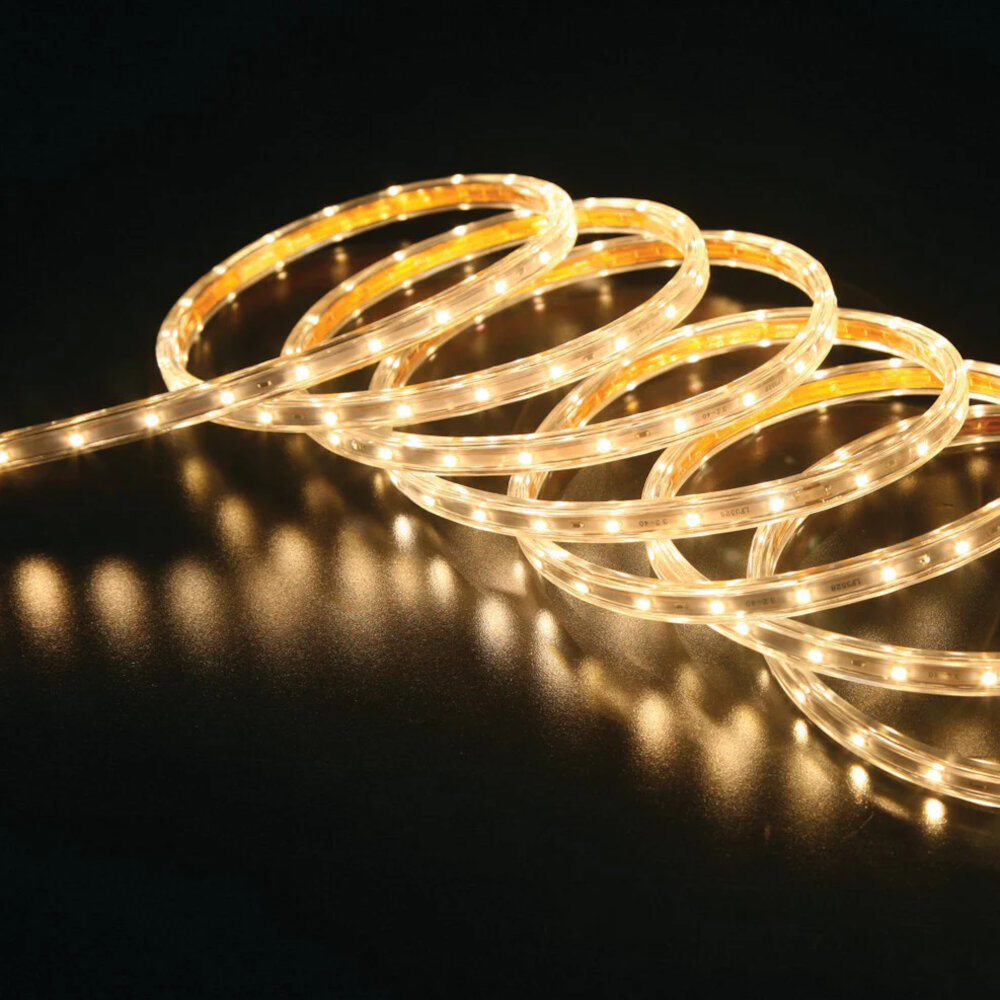
Sealing LED light bars is an essential process that helps protect the lights from damage and wear caused by environmental factors such as water and dust. The process of waterproofing LED light bars is simple and straightforward, and it requires a few tools and materials. First, you need to ensure that the LED light bar is clean and free of any dirt or debris. This is important because any dirt or debris can compromise the sealant’s effectiveness, which can lead to water and dust penetrating the light bar. Next, you need to apply a high-quality sealant to the LED light bar. A good sealant will provide long-lasting protection against water and dust and ensure that your LED light bar remains functional for a long time. To apply the sealant, you can use a small brush or a sponge. Make sure that you apply the sealant evenly and cover the entire surface of the light bar. After applying the sealant, allow it to dry completely before testing the LED light bar to ensure that it is waterproofed properly. With these simple steps, you can effectively seal your LED light bar and protect it from environmental damage, allowing it to function for a long time.
The first and foremost step in waterproofing LED light bars is to clean them thoroughly. This ensures that there is no dust, dirt, or any other kind of debris present on the surface of the light bars, which may affect the sealing process. One can use a soft-bristled brush or a microfiber cloth to wipe off any accumulated dust and dirt. If the light bars have any stubborn stains or grime, then using a mild detergent solution with warm water can be helpful to remove them. It is important to ensure that the light bars are completely dry before proceeding to the next step. A clean and dry surface is essential for the sealing process to be effective and long-lasting.
After ensuring that the LED light bars are free from any debris or moisture, the next step is to apply the sealant. This process is crucial in waterproofing the LED light bars and protecting them from damage due to water exposure. The sealant creates a barrier that prevents water from penetrating the light bars, ensuring they remain functional and efficient for a long time. It’s important to use a high-quality sealant that can withstand harsh weather conditions and UV rays. Applying the sealant requires precision and care to ensure that all areas are covered evenly. Once applied, the sealant needs to cure before testing the LED light bars for waterproofing.
After applying the sealant to your LED light bars, the next step is to allow it to dry completely. This is a crucial step as it allows the sealant to cure, creating a tight and waterproof seal around your light bars. The drying time may vary depending on the type of sealant used and the environmental conditions. It is important to follow the manufacturer’s instructions for the recommended drying time. During the drying process, ensure that the light bars remain stationary and undisturbed to avoid any potential damage to the sealant. Once the sealant has fully cured and dried, you can be assured that your LED light bars are well protected against water and moisture.
Step 4 of sealing LED light bars is critical to ensure that the lights are protected from water damage. Testing the waterproofing of the LED light bars is the final step of the process, and it involves submerging the lights in water to verify their resistance against moisture. By doing so, you can be confident that the LED light bars will perform well under harsh weather conditions, which is essential for outdoor lighting applications. The testing process requires patience and attention to detail to ensure that no water penetrates the sealant. Overall, taking the time to test the waterproofing of the LED light bars is crucial to guarantee their longevity and performance, providing you with a reliable lighting solution for years to come.
Tips for Maintaining the Waterproofing of LED Light Bars

If you’re using LED light bars for your outdoor activities or vehicles, then it’s essential to maintain their waterproofing to prevent any damages or failures. One of the tips for maintaining their waterproofing is to regularly inspect the light bars for any signs of damage or wear and tear. This includes checking the seals, wires, and connectors for any cracks, corrosion or water infiltration. By keeping a close eye on the light bars, you can spot any issues early on and address them before they become more severe. Another tip for maintaining the waterproofing of LED light bars is to clean them regularly, especially if they’re exposed to dirt, mud, or saltwater. You can use a soft-bristled brush and mild soap to gently scrub the light bars, making sure to avoid getting any water inside the housing. After cleaning, make sure to dry the light bars thoroughly before using them again. Additionally, you can apply a silicone-based spray to the light bar housing to provide an extra layer of protection against water and dirt. By following these simple tips, you can ensure that your LED light bars remain waterproof and functional for many years to come.
Regular cleaning and inspection of the sealant is crucial in maintaining the longevity and effectiveness of waterproofing LED light bars. Over time, dirt, debris, and moisture can accumulate on the sealant, leading to potential leaks and damage. By cleaning the sealant regularly, you can remove any build-up and ensure that it remains in good condition. Inspection of the sealant is also important to catch any cracks or gaps that may have developed, which can compromise the waterproofing. By addressing these issues promptly, you can prevent further damage and ensure that your LED light bars remain waterproof and functional for years to come.
If you want to seal your LED light bars successfully, you need to be careful and avoid exposing yourself and your tools to extreme temperatures and harsh weather conditions. Extreme heat or cold can compromise the effectiveness of the sealant and cause it to crack or peel off, leaving your LED light bars vulnerable to water damage. Additionally, harsh weather conditions such as rain, snow, or high winds can make it difficult to apply the sealant properly and can also compromise its effectiveness. Therefore, it is crucial to choose a dry, temperate day with mild weather conditions to undertake this project. This will ensure that your sealant adheres correctly and that your LED light bars are adequately protected from water and other environmental factors.
When it comes to sealing LED light bars for waterproofing, using high-quality sealants is crucial for ensuring long-lasting protection against moisture and other environmental factors. These sealants not only provide a strong barrier against water intrusion but also offer exceptional adhesion and flexibility to accommodate the expansion and contraction of the light bar materials. Moreover, high-quality sealants are typically resistant to UV rays, chemicals, and other harsh elements, making them ideal for use in outdoor applications. By investing in top-notch sealants, you can be confident that your LED light bars will remain protected from water damage and maintain their optimal performance for years to come.
Waterproofing LED light bars is of paramount importance due to several reasons. Firstly, LED light bars are typically installed on the exterior of vehicles, making them highly susceptible to water damage. When water seeps into the light bar, it can cause a short circuit, damage the circuits or even lead to the failure of the entire unit. Secondly, waterproofing LED light bars ensures their longevity, preventing them from corroding or rusting over time. This is especially important for those who use their LED light bars in harsh or extreme conditions. Lastly, waterproofing LED light bars ensures their reliability, as they will continue to function at optimal levels even in wet conditions, providing the necessary illumination for the task at hand. Therefore, it is highly recommended to seal LED light bars to protect them from water damage and to ensure their longevity and reliability.
Sealing LED light bars is crucial to ensure their longevity and performance in harsh weather conditions. To do so, start by identifying the areas that require sealing, such as the edges of the light bar and the wiring connections. Clean the area thoroughly, removing any dirt or debris. Next, apply a sealant that is compatible with LED lights, such as silicone or polyurethane. Make sure to spread the sealant evenly, covering all gaps and edges. Finally, allow the sealant to dry completely before testing the LED light bar. Some tips to keep in mind include using a heat gun to dry the sealant faster, avoiding over-application of the sealant, and using an appropriate sealant gun for efficient application. By following these steps and tips, you can effectively seal your LED light bar and ensure its durability and performance in tough weather conditions.
In conclusion, waterproofing LED light bars provides a plethora of benefits that should not be overlooked. The primary advantage of sealing these lights is that it prevents water from seeping in and causing damage, which increases their lifespan and performance. Additionally, waterproofing LED light bars ensures that they remain functional in inclement weather conditions, making them ideal for outdoor applications where they may be exposed to moisture, dust, and other elements. Furthermore, waterproofing helps to maintain the quality of the light output, making it brighter and clearer, which is essential for safety and visibility. Overall, investing in waterproofing for LED light bars is an excellent decision that pays off in the long run, providing optimal performance and durability.
Conclusion
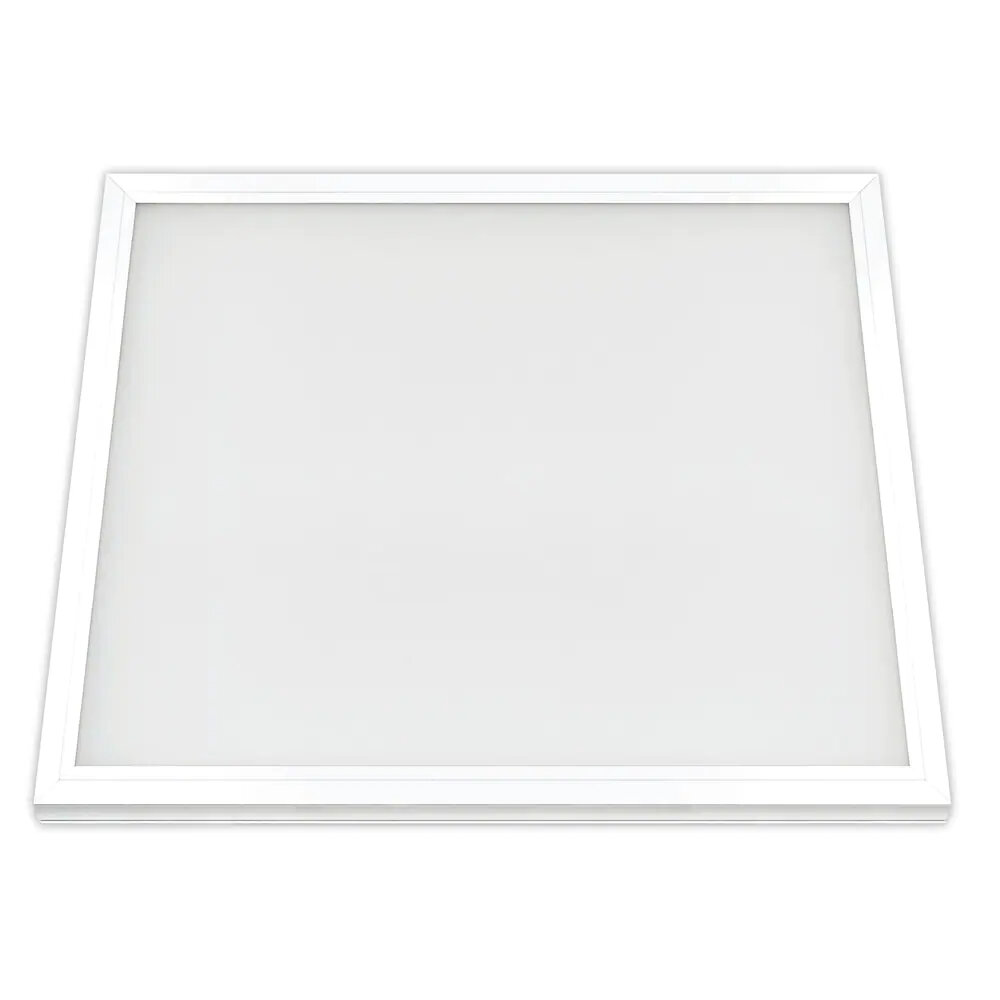
In conclusion, sealing LED light bars is a crucial step to ensure their longevity and performance in harsh weather conditions. By following the step-by-step guide for waterproofing, you can effectively protect your LED light bars from moisture and prevent any damage that can result in costly repairs. It’s essential to use high-quality sealants and take your time to ensure that every opening is properly sealed. With proper sealing, you can enjoy the benefits of LED light bars for a long time, whether you’re using them for off-roading, camping, or any other activities requiring extra illumination. So, don’t compromise on the quality of the sealant and invest in the right tools for a successful waterproofing process.

